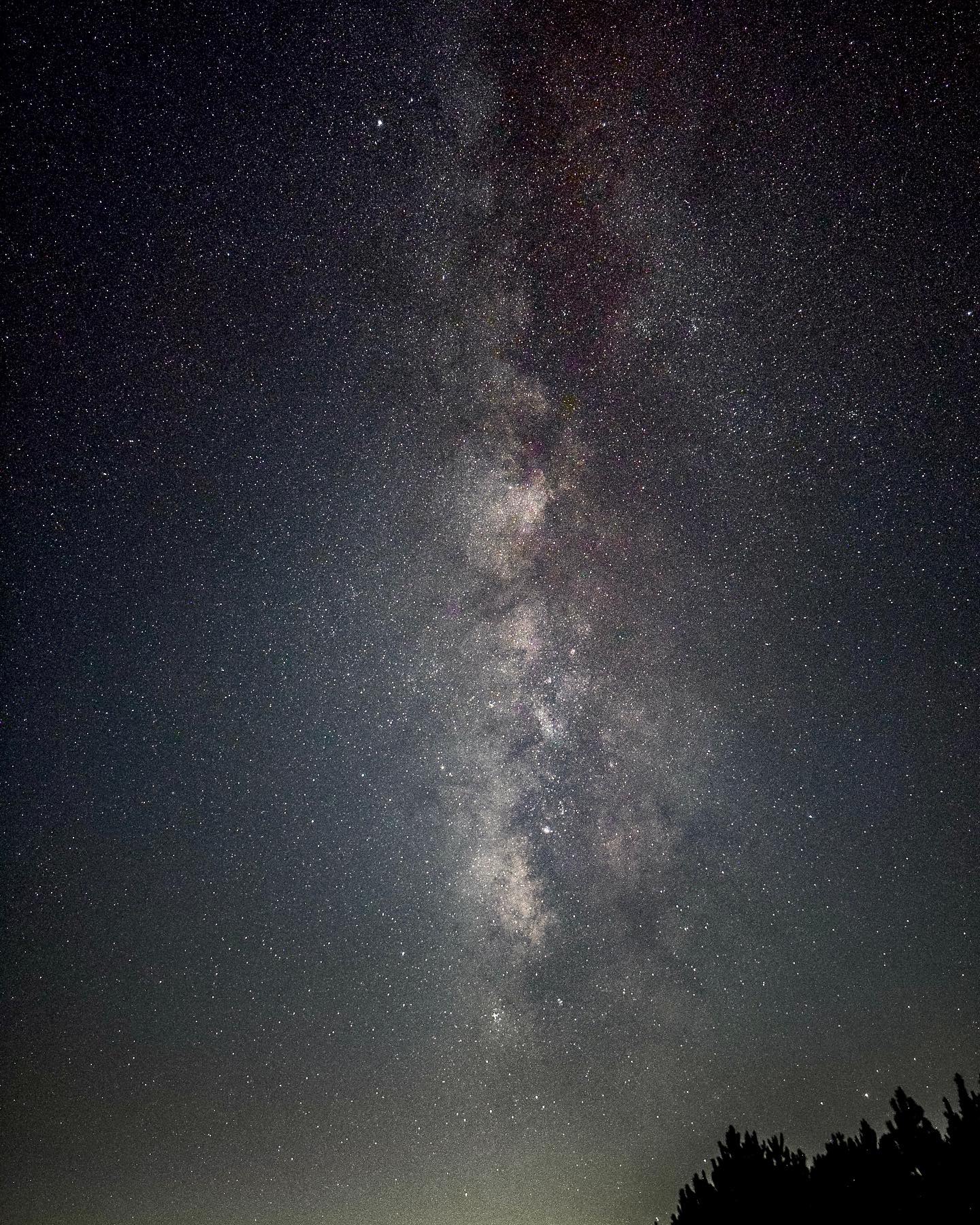The Night Mode for night sky photography is amazing, especially its ability to stack short exposures!
However, keep several caveats in mind.
1. Such photos are taken under very dark skies. You're not going to manage anything like this from where most people live.
2. They are taken using a tripod.
3. Even basic digital cameras from circa 2007-2010 with shutter (15 sec.) and ISO controls (400-800) can take similar photos.
4. Many such photographs are overexposed, with lots of noise in them. That produces much of the speckling you see. What looks like “billions and billions” of stars — or a glorious starry, starry night — is an illusion; many or most of the “stars” are artificial. Their uniform brightness and density is a give-away.
The advantages the digital cameras have include much larger sensors, longer exposure times, and the taking of a comparably long dark frame to subtract out the sensor's noise and hot pixels.
5. Even iPhones without Night Mode can achieve comparable quality photographs using 3rd party apps such as Neural Cam and Night Cap. Night Cap even has special modes for capturing star trails, the ISS, meteors, etc. See the gallery at
http://www.nightcapcamera.com/gallery/ These apps work, even from semi-light polluted suburban skies, and even with now dated, lower-end iPhones such as the 1st generation SE from 2016.
6. It is, alas, true that several Android phones have had such night sky capabilities for several years and produce comparable or better photos.
7. As to the recent comment about the Moon… those same low-end, decade+ old digital cameras that have both greater zoom than the iPhones and direct control over shutter speed (shorter the better) and white balance setting (daytime best) — and can render the Moon with craters, rays, etc., handheld, quite readily. But the best iPhone photographs of the Moon will be snapshots, even handheld, no Night Mode needed, through a telescope's eyepiece.
Bottom line: Night Mode can produce fantastic photographs, but realistic expectations are needed. You can achieve equally high quality results much less expensively by getting a used, decades-old digital camera instead of a high-end iPhone. You'd also have no concerns if you dropped it or tripped over the tripod in the dark and broke it!





